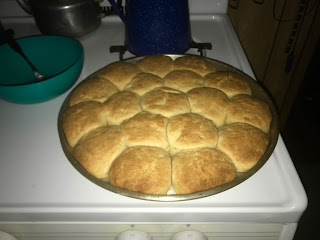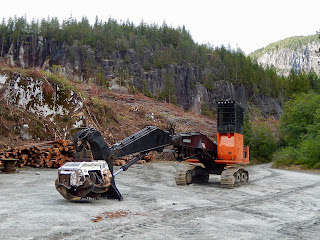Off the Grid Float Cabin YouTube Video Reaches Over One Million Views
 You may have read about this on my Margy Meanders blog, but I think it's amazing enough to share again here.
You may have read about this on my Margy Meanders blog, but I think it's amazing enough to share again here.
Back in 2012, I sent pictures and video clips about living off the grid in our float cabin home to Kirsten Dirksen in Spain. She has a YouTube channel that focuses on tiny homes, simple living and other interesting topics. Kirsten took the raw images I sent and put them together into a video for her channel.
 |
| A look at the YouTube page with our 1,000,000+ views. |
Little did I know that the video she created would become so popular. This month it crossed the 1,000,000 views mark and is still climbing.
In case you haven't seen it yet, here it is. You can view it right here or go to YouTube for a larger version.
Thanks Kirsten for sharing our story with so many people.
Do you want to learn more about our float cabin home and off the grid living? Click on the Float Cabin Living topic in the sidebar or visit my Margy Lutz YouTube page. You can also visit the Powell River Books website and check out some of Wayne's Coastal BC Stories books that are available in print and eBook formats. -- Thanks, Wayne and Margy




















































